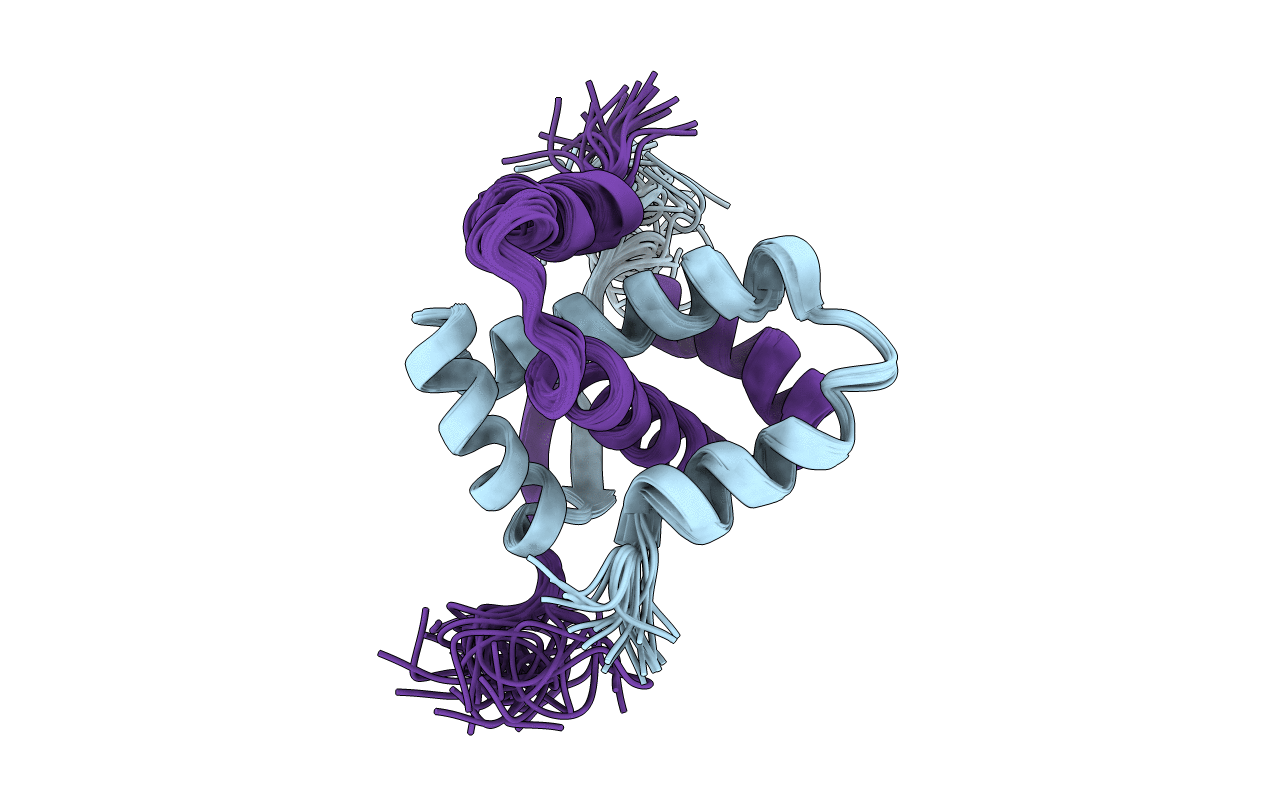
Deposition Date
2011-12-02
Release Date
2012-01-11
Last Version Date
2024-06-19
Entry Detail
PDB ID:
4AAI
Keywords:
Title:
THERMOSTABLE PROTEIN FROM HYPERTHERMOPHILIC VIRUS SSV-RH
Biological Source:
Source Organism:
SULFOLOBUS VIRUS RAGGED HILLS (Taxon ID: 256994)
Host Organism:
Method Details:
Experimental Method:
Conformers Calculated:
100
Conformers Submitted:
20
Selection Criteria:
LEAST RESTRAINT VIOLATION


